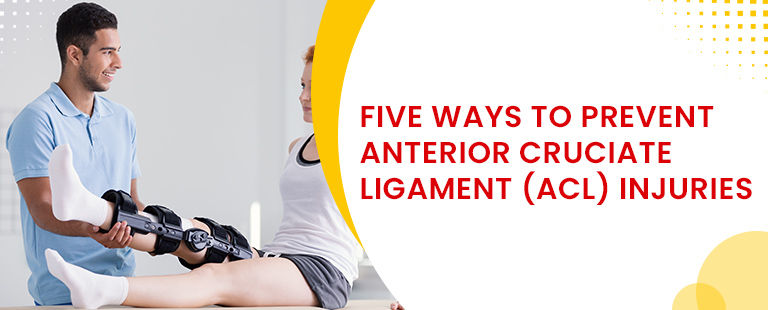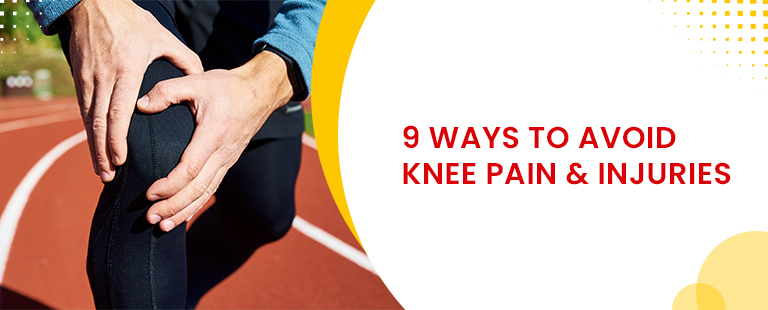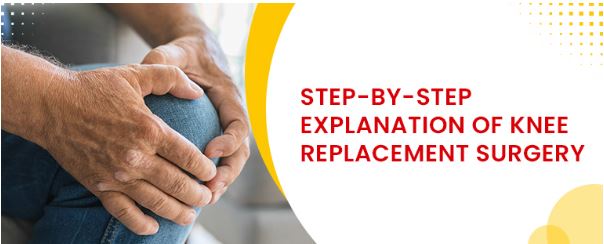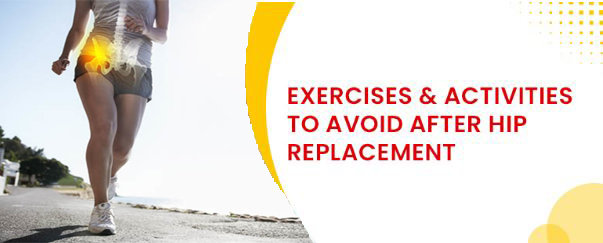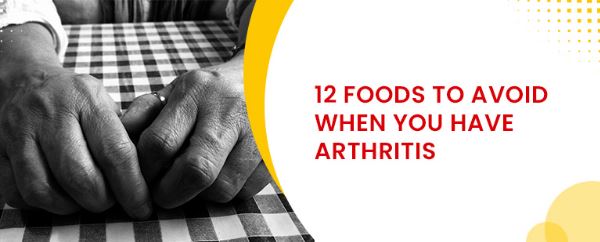Anterior Cruciate Ligament (ACL) injuries usually happen due to a quick twist of body parts. For example, it usually occurs when a person is running fast and stops suddenly while running to take a sharp turn on the slopes to catch a football.
Around 25,000 people go through an ACL injury. In this injury, among the four ligaments, one of them that connected the femur to the tibia got tested, leading to ACL ligament injury. The role of the ACL in the knee is to stabilise it and allow the knee to do the twisting movements. It is one of the prevalent injuries in athletes playing high-intensity sports like cricket, athletics, football, basketball, rugby, etc. The athlete will require surgery to return to these sports.
ACL Ligament Injury Reason
When the sportsman plants his foot one way and turns his knee in the opposite direction, the knee twist leads to a tear of the knee ligament, and an injury happens to the sportsman. Other than twisting activities like jumping, sudden change in direction during any sports activity also leads to an ACL injury, which is more painful for women and people over 40.
How to prevent ACL injuries?
The sports health experts know some fantastic tips on preventing ACL injury for athletes. Preventing ACL injuries during sports activity is essential.
The tips for avoiding ACL injuries are mentioned below;
- Exercise to prevent ACL injuriesOne of the vital tips for avoiding ACL injuries is that everyone should exercise regularly. Exercise makes the muscles strong and flexible by giving the body a good shape, balance and fitness. Therefore, proper exercise to prevent ACL injuries is the best tip for all sportspeople.
- Pay attention to all the movements of your body for preventing ACL injuries.The sudden movement of the body is the reason behind all injuries, so everyone needs to be careful about how they move. Sudden jumps and twists lead to the tearing of the ligament, which elevates the risk of injury in the knee. The experts suggest that sportspeople should bend and land with stability and maintain a proper balance rather than land with force to avoid ACL injuries.
- Avoid exercise when you are overly tired.One of the most important and necessary tips for preventing ACL injuries is to avoid doing exercise when you are tired. Recreation and complete sleep are essential for the human body, so when you are tired, do not force your muscles to exercise because the excess force on body muscles leads to injuries.
- Strengthen your Hamstring and QuadricepsThe hamstring is a muscle located at the back of the thigh that works along the quadriceps at the front. The role of these muscles is to bend and straighten the legs. So to prevent ACL injuries, it is vital to strengthen thigh muscles to protect the knee.The Roman deadlift is one of the best exercises recommended by sports health experts to prevent ACL injuries by strengthening the hamstring and quadriceps.
- Do not forget the core of your bodyTo avoid ACL injury or any other type of injury, it is crucial for the sportsman and people who carry out heavy physical activities to stick to their core and strengthen their body muscles and glutes. Muscle exercise for the hamstring and quadriceps reduces the risk of ACL injury is very important. So exercise and maintaining a heavy core is essential. Exercising regularly and having a rich body core helps the sportspeople to maintain the balance of the body and also helps to control the moves of the body while carrying out physical activities.
Knowing how to prevent ACL injuries is vital to ensure there is no severe damage to your ligaments and muscles. If you are facing any issue or a sportsperson, it becomes important to know ways to avoid the injuries.
Visit Germanten Hospital to know how to prevent ACL injuries. The Hospital has the top facility of doctors, medical tools, and technology to provide effective results. The medical staff is skilled as well as experienced. Avoiding ACL injuries can be easy when the right doctor provides you with preventative measures. So book an appointment with Germanten Hospital now!


